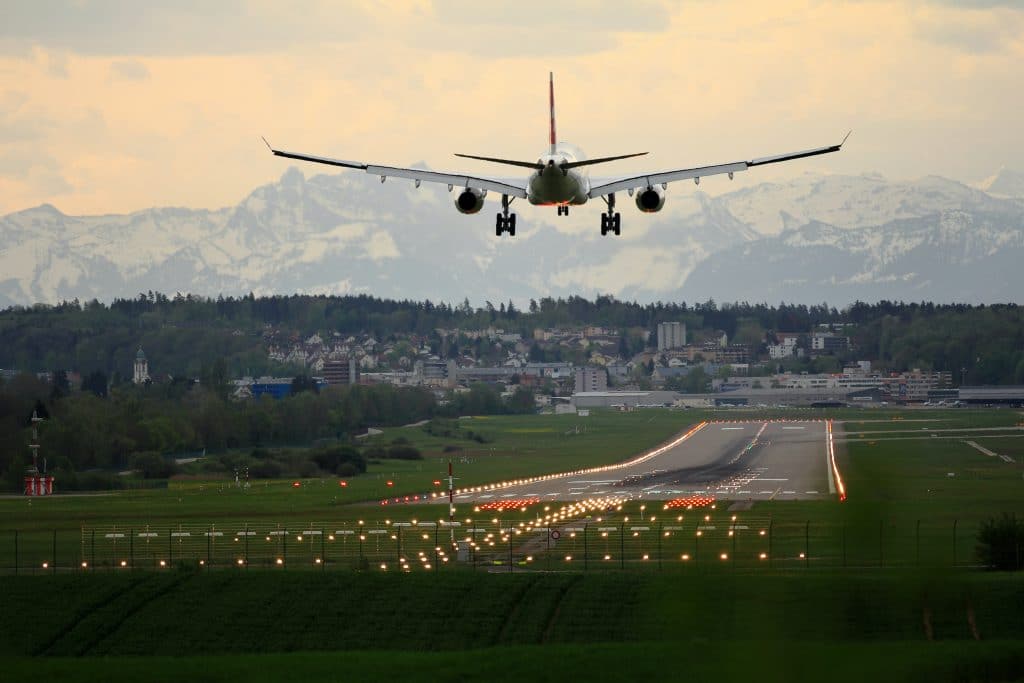Operating Aid for Airports beyond 2024
"Whilst there is no doubt that the Aviation Guidelines must be prolonged beyond 2024, there should be a clear focus on simplification and decarbonisation" underlines Bastiaan de Bruijne, General Counsel at the Airports Council International Europe, in his recent opinion piece on airports' operating aid needs beyond 2024.
This article by Bastiaan de Bruijne, General Counsel at the Airports Council International Europe, originally appeared in the European Transport Regulation Observer “Short- and Mid-Term COVID-19 Effects on the Aviation Sector: A Competition Law Perspective” (January, 2022).
The 2014 Guidelines on State aid to airports and airlines (or “Aviation Guidelines”) introduced a regulatory framework under which operating aid to regional airports was declared compatible with the Internal Market for a transitional period of 10 years. The aid should thus be phased out by 2024 which is when regional airports were expected to reach financial viability. The European Commission has evaluated the Aviation Guidelines to decide on these rules beyond 2024.
Under the current State aid rules, airports’ financial viability and therefore their eligibility for operating aid depends on their size, measured in the number of passengers per year (ppa). Airports up to 200,000 ppa are block exempted from State aid rules. The Aviation Guidelines define categories of airports up to 700,000 ppa (eligible for 80% of operating aid) and up to 3 million ppa (eligible for up to 50% of operating aid). Airports above 3 mppa should always be financially viable.
The Aviation Guidelines were evaluated as part of a Fitness Check of State aid modernisation rules – a comprehensive policy evaluation assessing whether the regulatory framework for a policy sector is “fit for purpose”.[1] Essentially, the Commission noted many airports with less than 1 million passengers per year would continue to need operating aid beyond 2024.
The Airports Council (ACI EUROPE) published its own economic analysis with similar findings in 2019. Based on those findings, it recommended to increase the block exemption threshold to 1 million passengers per year. ACI also suggested that the Aviation Guidelines’ thresholds and aid intensities are increased to support green airport investments – something not considered in 2014. It called for visibility on the future of the Aviation Guidelines well before their expiry in 2024.
Since then, the COVID-19 pandemic has dramatically impacted airports. The Commission pointed in the Fitness Check report to an expected recovery of air traffic by 2023 and expressed the hope that the findings would thus remain valid by 2024. The latest ACI forecasts point to a recovery only by 2025 – with a lasting impact on the financial situation of airports and a changed economic context.
ACI EUROPE has warned of a “cash-intensive and revenue weak recovery”. European airports are facing a dual challenge of recovery and decarbonisation in a complete business model reset. While financial support from governments to airports has been limited, airports have exhausted cost-cutting opportunities and resorted to increasing debt by 200% compared to pre-pandemic levels. The earning capabilities of airports are affected by the slow recovery of traffic and pressure from airlines to reduce airport charges for the coming years.
Several findings of the Fitness Check must therefore be reconsidered. Whilst there is no doubt that the Aviation Guidelines must be prolonged beyond 2024, there should be a clear focus on simplification and decarbonisation.
The simplification of the Aviation Guidelines can be achieved by block exempting operating aid to airports with less than 1 million passengers per year. The Fitness Check report clearly points out that flexibility for these airports was needed already before the pandemic. The fact that these airports represent less than 3% of European traffic means that reviewing these cases currently puts a disproportionate burden both on the industry and the Commission when dealing with these cases.
The assumption in the Fitness Check report that airports with more than 1 million passengers are unlikely to need operating aid as they have sufficient passenger numbers must be reconsidered, as the revenue-generating capacities of airports are weakened. The finding that a business model depending on low-cost carriers is not viable is becoming even more true, but also the reality for a growing number of regional airports.
The decarbonisation of airports needs unequivocal support from the Commission, as European airports remain committed to reaching net zero CO2 emissions from their operations by 2050. Airports have welcomed the draft Climate, Energy and Environmental State aid Guidelines (or “CEAAG”) as a framework for green airport investments. But the Aviation Guidelines’ thresholds and aid intensities still must be increased to further the decarbonisation of airports.
The focus of the Commission remains on the COVID-19 State aid response and the Green Agenda, whilst there is still no visibility on the revision of the Aviation Guidelines. For airports, one cannot go without the other. The final prolongation of the Temporary Framework until 30 June 2022 means the door closes for much-needed support to airports. The support for ‘green recovery’ investments (for example, clean fleet renewal) during a phase-out until the end of 2022 is capped at €10 million and, therefore, mainly symbolic, as airports cannot initiate such investments. The same goes for green investments when the CEAAG enter into force in 2022.
Airports need visibility on the future of the Aviation Guidelines well before 2024. A pragmatic solution would be a prolongation for five years, reflecting the time lost by the pandemic, while block exempting airports with less than 1 million passengers.
[1] Commission Staff Working Document, ‘Fitness Check of the 2012 State aid modernisation package, railways guidelines and short-term export credit insurance’, SWD(2020) 257 final, 30 October 2020.







